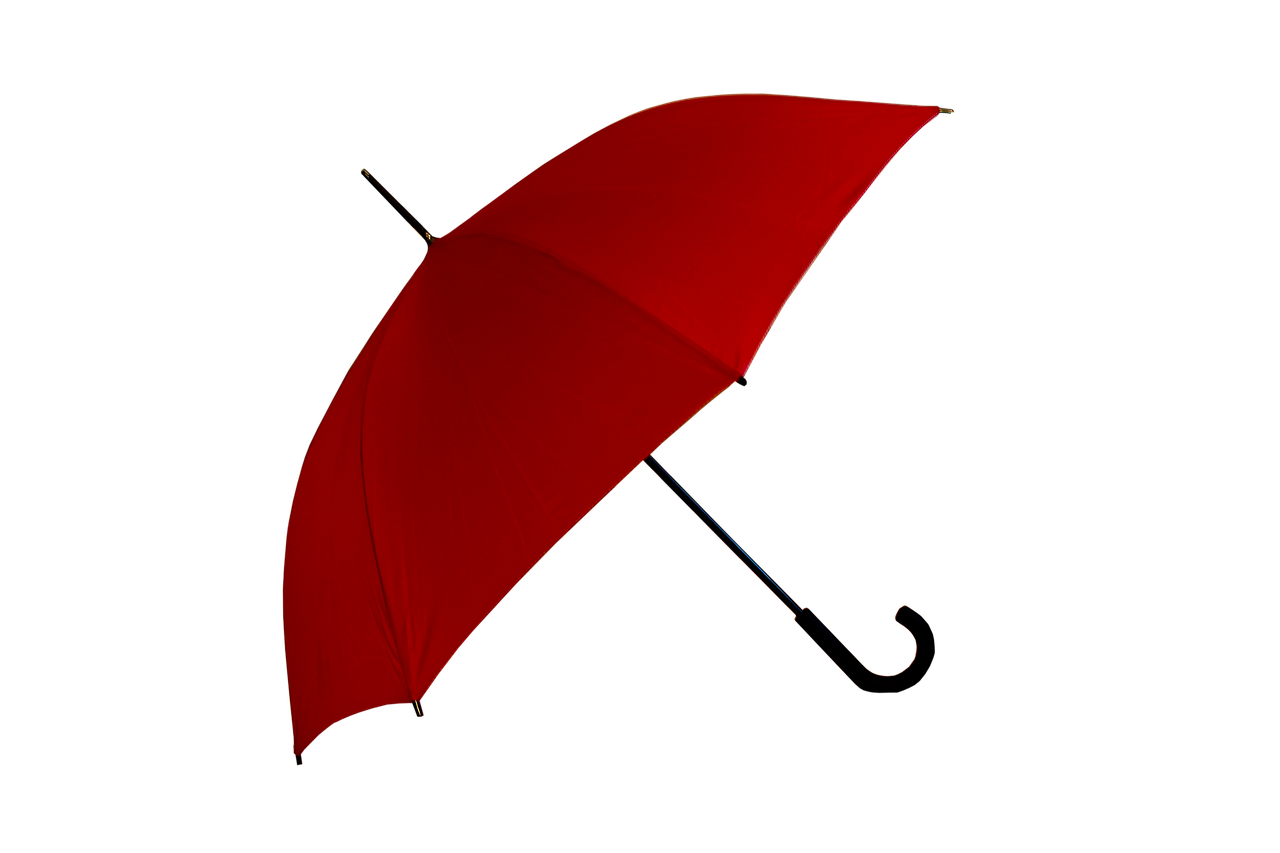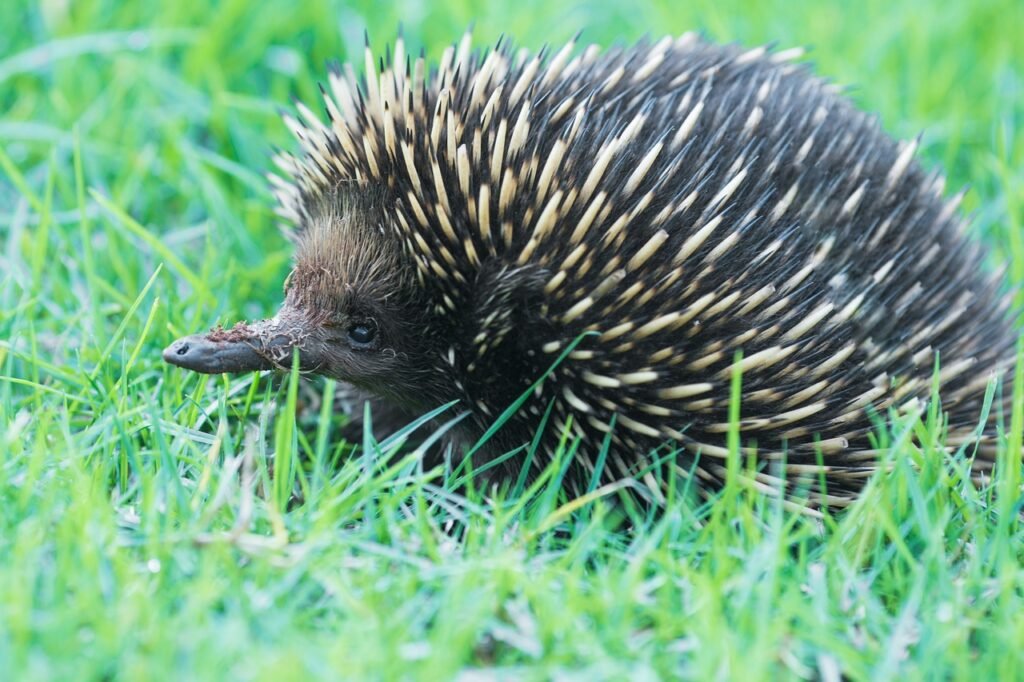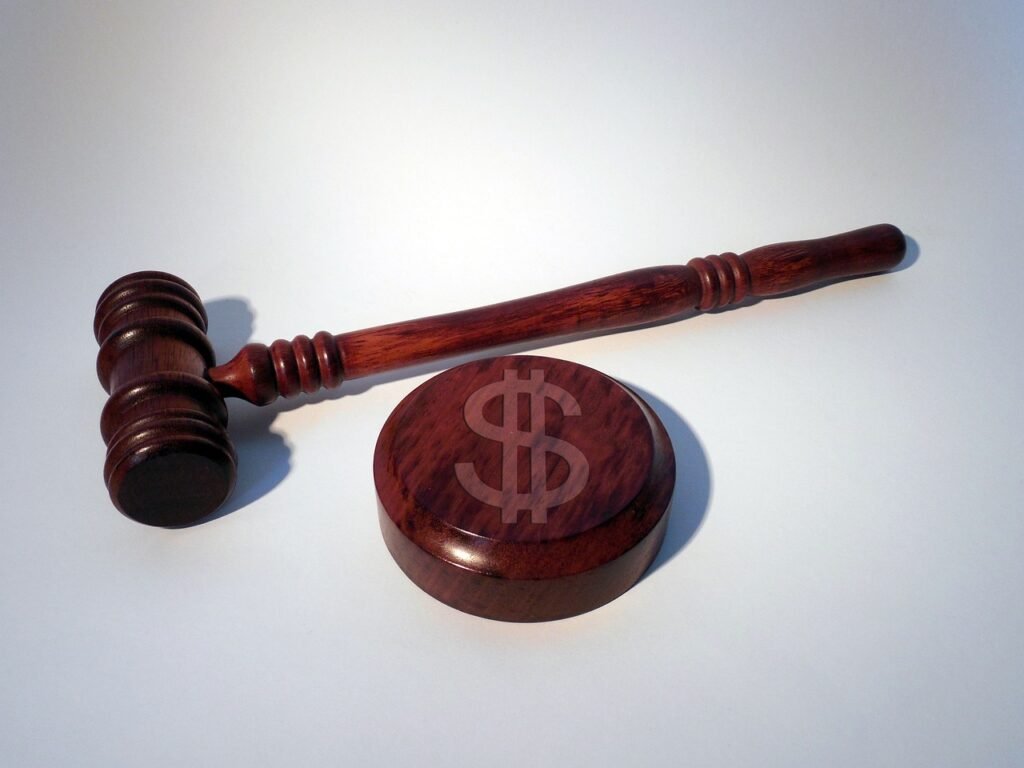Owning a porcupine can be a unique and rewarding experience, but it also comes with legal responsibilities. Understanding the liability associated with porcupine ownership and obtaining appropriate insurance coverage are essential aspects of being a responsible and conscientious owner. In this guide, we’ll explore the legal considerations, potential liabilities, and the importance of securing insurance for porcupine owners.
1. Understanding Liability:
1.1 Personal Liability:
- Porcupines, while generally not aggressive, can exhibit defensive behaviors if they feel threatened. Owners may be held liable for injuries or damages caused by their porcupines, especially if they fail to take reasonable precautions.
1.2 Property Damage:
- Porcupines may have specific habitat requirements, and damage to property can occur if enclosures are not adequately secured. Owners may be held responsible for any property damage caused by their porcupines.
1.3 Public Safety:
- If porcupines escape and pose a threat to public safety, owners may face legal consequences. Proper containment measures and adherence to regulations are crucial to prevent such situations.
2. Importance of Insurance:
2.1 Liability Insurance:
- Liability insurance for exotic pets, including porcupines, can provide financial protection in case of injuries or damages caused by your quilled companion. It helps cover legal fees and potential settlements.
2.2 Property Damage Coverage:
- Ensure that your insurance policy includes coverage for property damage caused by your porcupine. This can be important if your porcupine’s enclosure damages your home or surrounding structures.
2.3 Veterinary Care Coverage:
- Some insurance policies may offer coverage for veterinary care in the event your porcupine requires medical attention. This can help offset the costs associated with unexpected health issues.
3. Steps to Mitigate Liability:
3.1 Secure Enclosures:
- Invest in secure and appropriate enclosures for your porcupine to minimize the risk of escapes and property damage. Follow guidelines for proper containment recommended by wildlife agencies.
3.2 Warning Signs:
- Display warning signs indicating the presence of a porcupine on your property. This helps alert visitors and neighbors, reducing the risk of unexpected encounters.
3.3 Training and Socialization:
- While porcupines are not typically trained like traditional pets, ensuring they are accustomed to human interaction can minimize defensive behaviors and potential risks.
4. Legal Responsibilities:
4.1 Compliance with Regulations:
- Stay informed about local, state, and federal regulations regarding exotic animal ownership. Compliance with these regulations is crucial to avoid legal issues.
4.2 Reporting Incidents:
- In the event of an incident, promptly report it to the appropriate authorities. Transparency and cooperation can mitigate legal repercussions.
5. Seeking Legal Counsel:
5.1 Consultation with an Attorney:
- If unsure about legal responsibilities or liability, consult with an attorney specializing in exotic animal ownership. They can provide tailored advice based on your specific situation.
Liability and insurance considerations are integral components of responsible porcupine ownership. By understanding potential liabilities, securing appropriate insurance coverage, and taking proactive measures to mitigate risks, owners can create a safe and legally compliant environment for their quilled companions. Prioritize the well-being of your porcupine, adhere to legal requirements, and take the necessary steps to ensure a harmonious and legally sound ownership experience.



